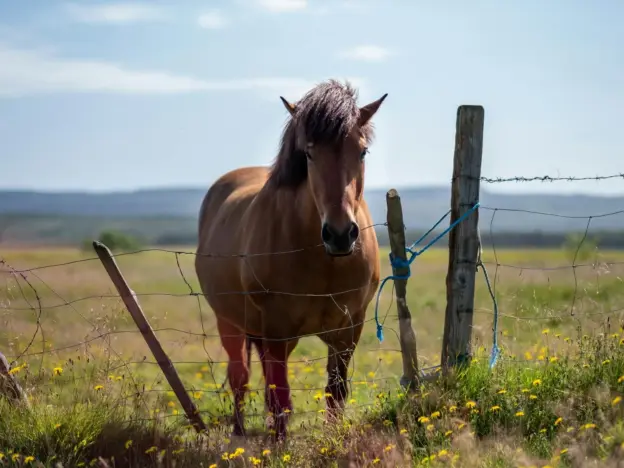Intro
The Brazilian Pony is a small scale individual that was developed to stimulate interest in diverse sporting activities for children.
Read more
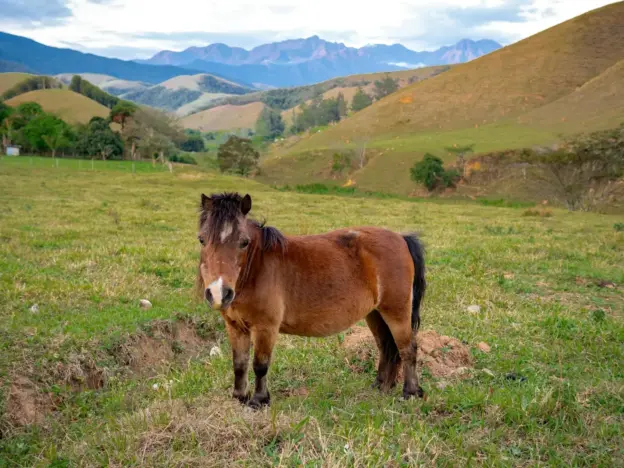
The Brazilian Pony is a small scale individual that was developed to stimulate interest in diverse sporting activities for children.
Read more
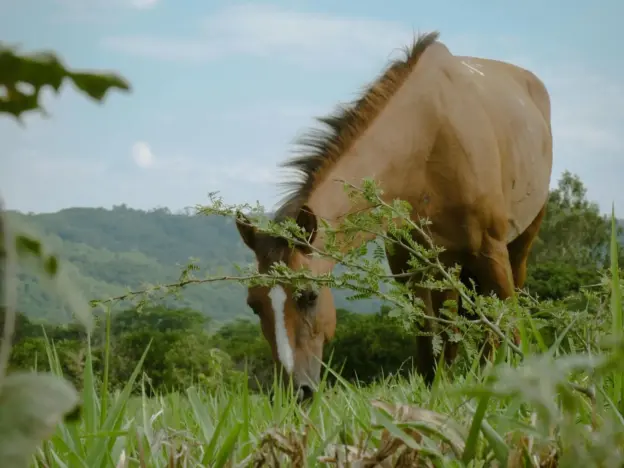
The Bolivian Pony or Sunicho is a tough little pony native to the highlands of Bolivia. Today their status is considered crucial and their numbers are very small.
Read more
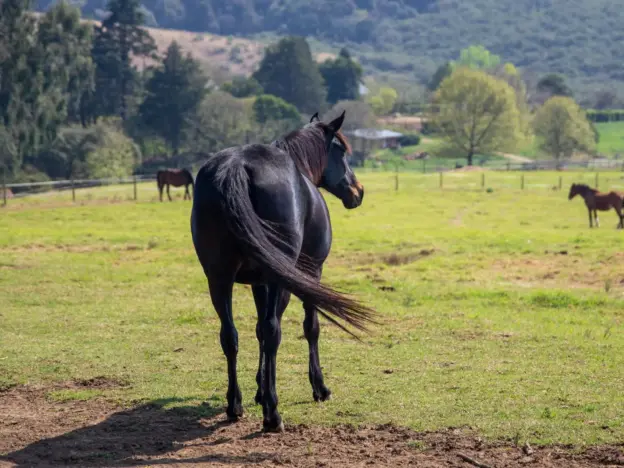
Also called South African Boerperd and the Kaapse Boerperd, the Boer horse has a long history that is intertwined with the people of South Africa.
Read more
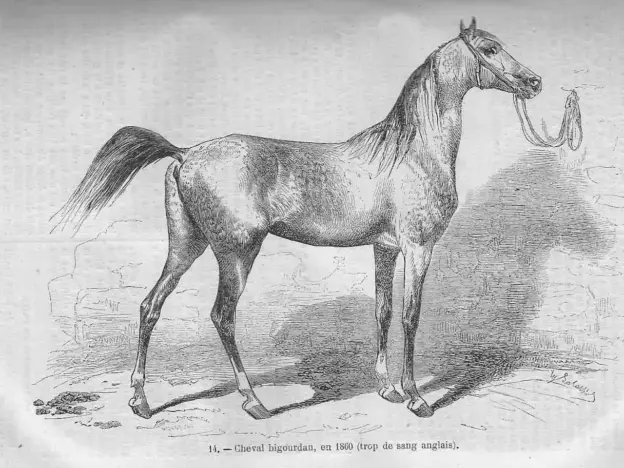
Also know as Navarrin, Navarrin, Navarran, Bigurd or Tarbais, the Bigourdan Horse was an ancient breed which came mainly from the plains of the Pyrenees near Tarbes. This is a French offshoot of the Navarrine Pony found in the Spanish Pyrenees. From what we can tell, the original stock is called Navarrin in French and Navarra in Spanish.
Read more
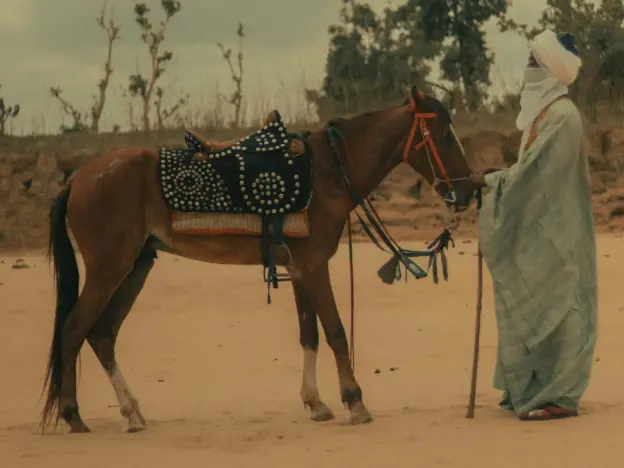
The Bhirum Pony or Nigerian Pony is a dwarf breed from northern regions of Nigeria. This breed is thought to be a descendant of the little known Poney Mousseye of Cameroon.
Read more
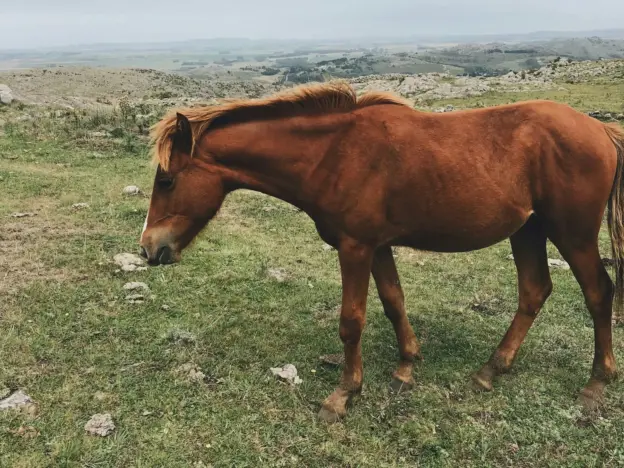
Also called the Argentinean Modepony and Argentinean Fashion Pony, the Bergmann Pony has the same foundation as Falabellas, bred by minors in Argentina.
Read more
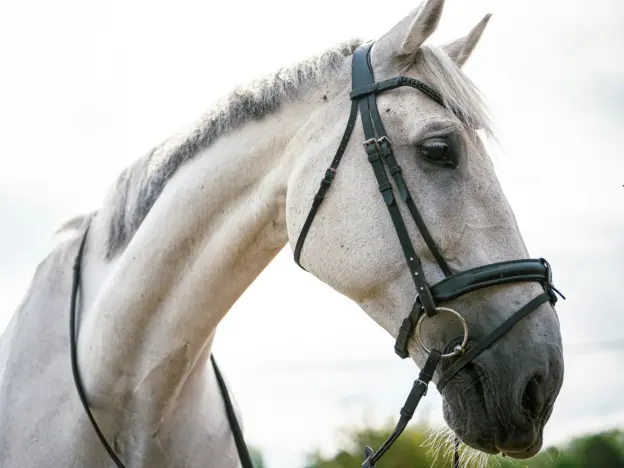
Over the last 50 years the Belgian registry has been producing a solid stock of some of the finest jumping horses in the world. Standing down only to some of the breeds who had influence in their bloodlines.
Read more
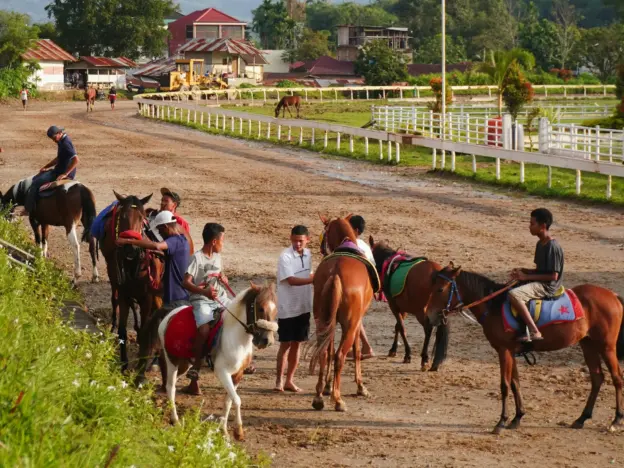
Also called Deli Pony and Kuda-Deli, Batak Ponies are highly regarded among the ponies of Indonesia and are are often used to improve the bloodlines of neighboring breeds.
Read more
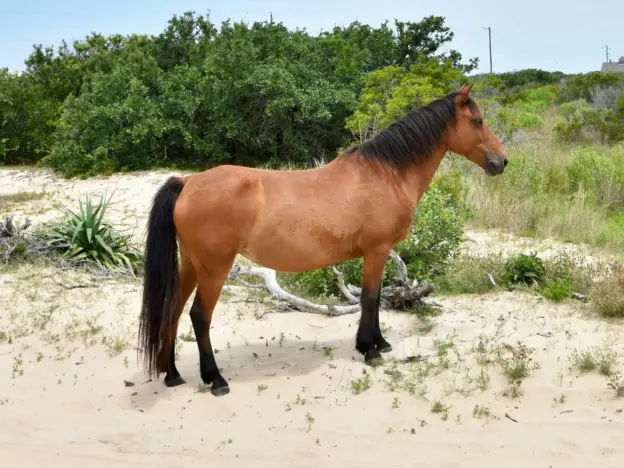
The Banker Pony inhabits the Outer Banks of Carolinas and are also called Shackleford ponies, Banker horses and Ocracoke ponies.
Read more
